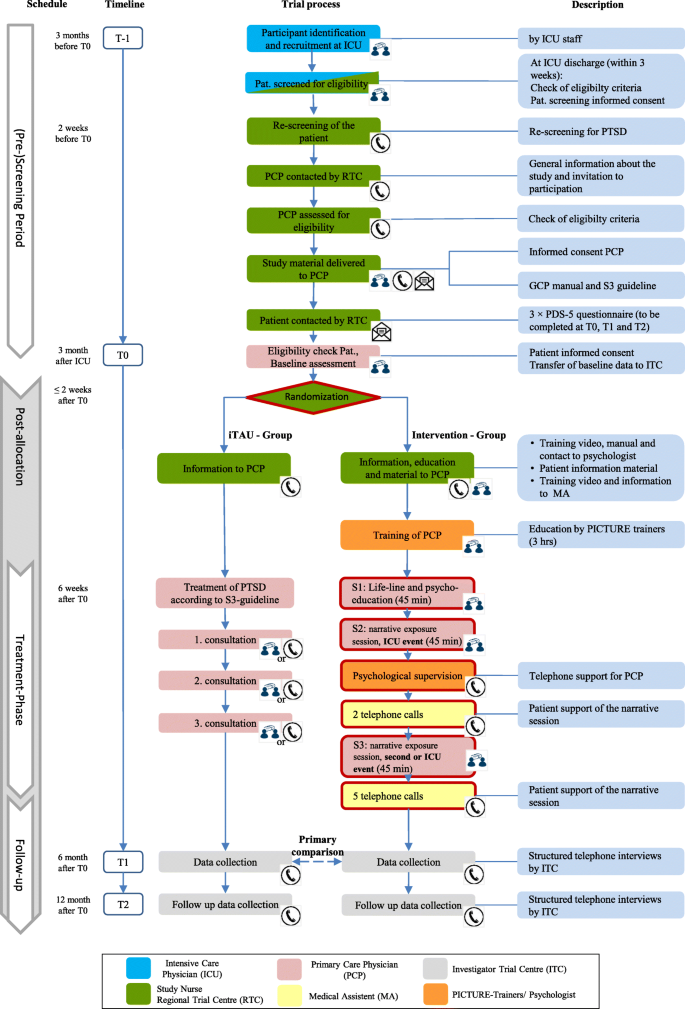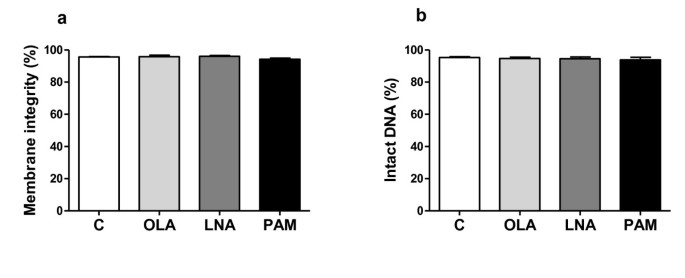
Our aim was to generate short, but highly active and specific, synthetic RNA-guided nucleases (sRGNs, pronounced “surgeons”) that recognize the favorable “GG” di-nucleotide PAM.

Here, we apply gene family shuffling to four small Cas9 nucleases (~1050 amino acid residues). Screening such a library can thus generate improvements involving combinations of a large number of simultaneous mutations, which are poorly accessible by other engineering approaches 21, 22. The compounded effects of the perturbations in each clone can have minor to major effects on the encoded protein’s phenotype. This allows a myriad of perturbations of protein structure and function, while simultaneously maintaining a relatively high fraction of functional clones in the libraries 20, 21, 22, 23. Gene family DNA shuffling is a powerful protein optimization approach that leverages sequence diversity from homologous genes by randomly swapping gene fragments or polymorphisms to generate screenable gene-variant libraries 20, 22, 23. Protein engineering and directed protein evolution have been successfully applied to improve a wide range of properties of many therapeutic and nontherapeutic proteins, including Sp圜as9 20, 21, 22, 23, 24, 25, 26. First reports indicate that SauCas9 specificity is similar to Sp圜as9 18, 19. However, both recognize longer PAMs, 5′-NNGRRT-3′ for SauCas9 (R = A or G) and 5′-NNNNRYAC-3′ for CjCas9 (Y = C or T), which reduces the number of uniquely addressable target sites in the genome, in comparison to the NGG Sp圜as9 PAM.

The best-characterized smaller Cas9 are from Staphylococcus aureus (SauCas9, 1053 amino acid residues) 16 and Campylobacter jejuni (CjCas9, 984 amino residues) 17. Smaller Cas9 proteins are thus of keen interest in the field. Beyond rAAVs, smaller nucleases can also facilitate formulation and mRNA manufacturing for LNPs 15. This limitation is exacerbated for the larger multidomain-Cas-nuclease-based systems for base editing, prime editing, or CRISPRi/a 10, 11, 12, 13, 14.

Because packaging into rAAV vectors is limited to ~5 kb, Cas9 proteins smaller than Sp圜as9 are desirable to enable packaging of DNA encoding both Cas9 and sgRNA into one rAAV (“all-in-one-AAV”) particle. For this purpose, recombinant adeno-associated virus (rAAV) vectors and lipid-nanoparticles (LNPs) are among the most prevalent and promising technologies 9. Despite concerns about its specificity profile in some applications, the listed features have led Sp圜as9 to be explored among the CRISPR nucleases of choice for clinical gene therapy applications 8.Įffective delivery of CRISPR-Cas systems to targeted cells and tissues is crucial for successful in vivo genome editing. The advantages of Sp圜as9 include its short, 5′-NGG-3′ PAM and very high average editing efficiency. Streptococcus pyogenes Cas9 (Sp圜as9), the most common enzyme used in genome-editing applications, is a large nuclease of 1368 amino acid residues 5. CRISPR-Cas9 has been harnessed as a versatile tool for directed genome editing 5, 6, 7 and, with the above constraints, allows the targeting in principle of any given chromosomal region of interest. A short motif on the targeted DNA, termed the protospacer adjacent motif (PAM), is necessary for Cas9 activity 1, 2, 3, 4. By exploiting the base-pairing potential of a guide RNA (gRNA), Cas9 targets a corresponding genomic locus for cleavage. Human gene therapy efforts are expected to benefit from these improved alternatives to existing CRISPR nucleases.ĬRISPR systems evolved as a bacterial adaptive immune system in which resistance to phage infection is mediated by a nuclease (e.g., Cas9) that cleaves phage DNA. Finally, sRGNs, but not Sp圜as9, could be packaged into all-in-one AAV particles with a gRNA and effected robust in vivo editing of non-human primate (NHP) retina photoreceptors. sRGN mRNA lipid nanoparticles displayed manufacturing advantages and high in vivo editing efficiency in the mouse liver. Protein engineering generated synthetic RNA-guided nucleases (sRGNs) with editing efficiencies and specificities exceeding even Sp圜as9 in vitro and in human cell lines on disease-relevant targets. Here, we investigated four uncharacterized, smaller Cas9s and found three employing a “GG” dinucleotide PAM similar to Sp圜as9. Smaller Cas9s are an alternative, but lack robust activity or specificity and frequently recognize longer PAMs. One of its limitations is its large size, which impedes its formulation and delivery in therapeutic applications.

Streptococcus pyogenes (Spy) Cas9 has potential as a component of gene therapeutics for incurable diseases.


 0 kommentar(er)
0 kommentar(er)
